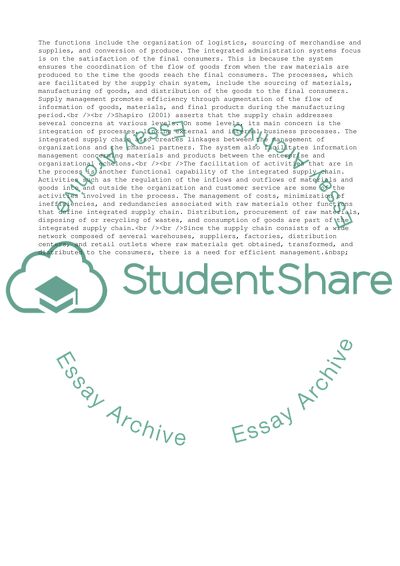Cite this document
(Logistics and Supply Chain Coursework Example | Topics and Well Written Essays - 1750 words, n.d.)
Logistics and Supply Chain Coursework Example | Topics and Well Written Essays - 1750 words. https://studentshare.org/management/1856313-logistics-and-supply-chain-report
Logistics and Supply Chain Coursework Example | Topics and Well Written Essays - 1750 words. https://studentshare.org/management/1856313-logistics-and-supply-chain-report
(Logistics and Supply Chain Coursework Example | Topics and Well Written Essays - 1750 Words)
Logistics and Supply Chain Coursework Example | Topics and Well Written Essays - 1750 Words. https://studentshare.org/management/1856313-logistics-and-supply-chain-report.
Logistics and Supply Chain Coursework Example | Topics and Well Written Essays - 1750 Words. https://studentshare.org/management/1856313-logistics-and-supply-chain-report.
“Logistics and Supply Chain Coursework Example | Topics and Well Written Essays - 1750 Words”. https://studentshare.org/management/1856313-logistics-and-supply-chain-report.


